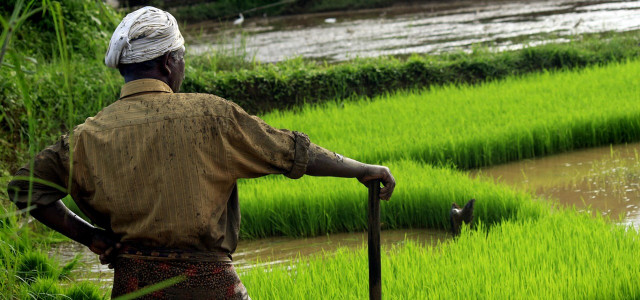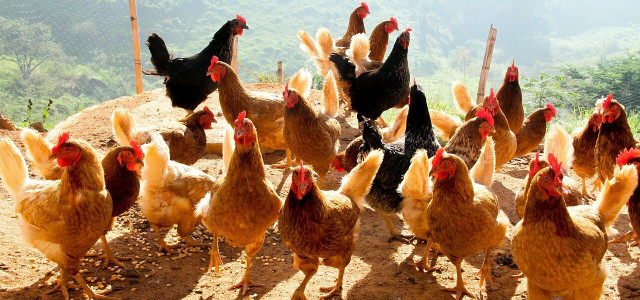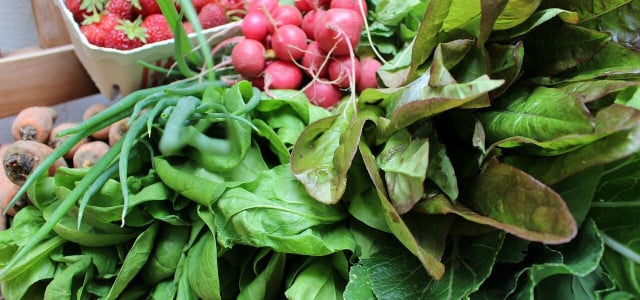What is subsistence farming? We’ll look at this traditional agriculture practice at the heart of many environmental debates, from food scarcity to preservation.
Subsistence farming is common in rural areas of developing countries, where farmers may lack access to modern agricultural technologies, markets, and financial resources. However, it can also be found in other parts of the world, including some rural communities in developed countries where people still engage in traditional farming practices. What is subsistence farming? We’ll discuss the answer along with its environmental and social complexities.
What is Subsistence Farming?
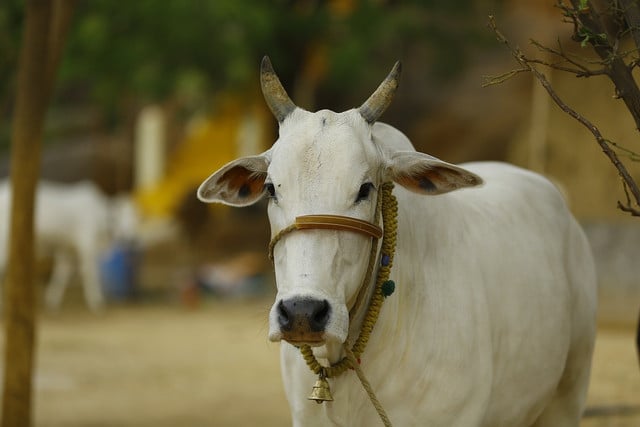


Subsistence farming is a type of agriculture in which farmers grow crops and raise animals for their own consumption and to meet the basic needs of their families or communities.
Subsistence refers to the fact that the primary goal of this type of farming is to provide enough food and other necessities to sustain the farmers and their families, rather than to generate surplus crops for trade or sale.
This type of farming typically involves small-scale, low-tech farming practices that are often based on traditional knowledge and techniques. Farmers may grow a variety of crops, such as maize, beans, and potatoes, and raise animals, such as cows, goats, and chickens, to provide food, clothing, and other products for themselves and their families.
Subsistence Farming Benefits
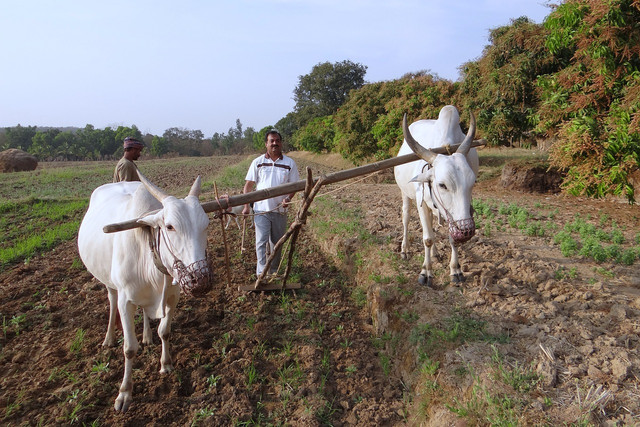


Subsistence farming can have several benefits, including:
- Food security: Subsistence farming can provide farmers and their families with a reliable source of food, which can help to improve food security and reduce the risk of hunger and malnutrition.
- Sustainability: This type of farming is often based on traditional, low-input agricultural practices that are well-suited to the local environment and can help to maintain soil fertility and biodiversity over the long term.
- Community building: It can be a communal activity, with families and neighbors working together to cultivate crops and care for animals. This can help to build social ties and promote a sense of community.
- Resilience: This practice can help farmers to weather economic and environmental shocks, such as droughts or market fluctuations, as they are less dependent on external inputs and markets.
- Cultural preservation: Subsistence farming is often based on traditional knowledge and practices that have been passed down through generations. Engaging in subsistence farming can help to preserve cultural heritage and identity.
It’s worth noting, however, that subsistence farming can also have some challenges, such as limited access to modern agricultural technologies and markets, and may not always provide a sufficient income for farmers to meet all of their needs.
Environmental Impacts



The environmental sustainability of subsistence farming depends on many factors. It can be an environmentally sustainable practice if it coincides with agroecological principles.
Agroecology recognizes the importance of biodiversity and ecosystem services in agricultural systems and seeks to enhance soil health, water quality, and ecosystem resilience. It also promotes the use of agroforestry, crop rotation, intercropping, and other techniques that mimic natural ecosystems and enhance the productivity and sustainability of farming systems.
These are not formal skills as such but rely on traditional knowledge and practices that have been developed over generations, which can contribute to the long-term sustainability of farming systems.
It’s important to note that the size of a farm does not necessarily indicate its sustainability. Research draws attention to management practices as a better measure of whether or not it is environmentally viable. The piece challenges the notion that small farms are inherently sustainable, but suggests a number of factors that indirectly contribute to their effectiveness (when compared to the sustainability of large farms):
- Biodiversity conservation: Small-scale farmers often rely on a diversity of crops and animal breeds to ensure their livelihoods, which can contribute to the conservation of biodiversity. The authors argue that the promotion of local and indigenous crop varieties and animal breeds can help preserve genetic diversity and adaptability to environmental change.
- Reduced chemical inputs: Small-scale farmers often have limited access to chemical inputs like fertilizers and pesticides, and rely on more natural and traditional farming methods. This can lead to reduced environmental impacts associated with chemical pollution and soil degradation.
- Soil health: Small-scale farmers often use low-tillage or no-till farming methods, which can improve soil health and reduce erosion. The authors argue that small-scale farmers can also improve soil fertility through the use of compost and other organic fertilizers.
Examples of Subsistence Farming



Subsistence farming is practiced in many parts of the world, particularly in rural areas of developing countries. Some examples of subsistence farming practices include:
- Shifting cultivation: Farmers clear small plots of land, cultivate crops for a few years and then move on to a new plot once the soil has been depleted. This is also known as slash-and-burn agriculture.
- Terrace farming: Carving steps into hillsides create flat areas for farming. This technique is often used in mountainous regions, where farmers need to maximize the use of available land.
- Intercropping: Growing two or more crops together on the same piece of land can help to improve soil fertility and reduce the risk of crop failure.
- Animal husbandry: Raising animals, such as cows, goats, or chickens, for food, milk, and other products. Animals can also provide manure for fertilizing crops and can help to control pests.
- Rain-fed agriculture: This is a type of subsistence farming that relies on rainfall to water crops. Though this can be risky in areas where rainfall is unpredictable or inadequate.
These are just a few examples of the many subsistence farming practices that are used around the world. The specific practices used depend on factors such as climate, soil type, and cultural traditions.
Subsistence Farming FAQs



What types of crops are grown in subsistence farming?
The crops grown in subsistence farming depend on the location, climate, and local food traditions. Some common crops include maize, rice, cassava, yams, beans, potatoes, and various fruits and vegetables
How does subsistence farming differ from commercial farming?
Subsistence farming is primarily focused on meeting the food and other basic needs of the farmer and their family, while commercial or factory farming is focused on producing crops or raising livestock for sale and profit.
What are some of the challenges facing subsistence farmers?
Subsistence farmers often lack access to resources such as land, water, and capital, and may also face challenges related to climate change, market access, and political instability.
Can subsistence farming help alleviate food insecurity in developing countries?
Subsistence farming can help to increase food security by providing local communities with a source of nutritious food. However, it is not a sufficient solution to the broader issue of food insecurity, which requires systemic change.
That said, subsistence farming can play an important role in supporting rural livelihoods and preserving local culture and traditions. It can also contribute to the maintenance of social and economic structures within rural communities.
How can subsistence farming be supported and promoted?
Subsistence farming can be supported through initiatives that provide access to resources, such as land, water, and credit, and that promote the adoption of sustainable farming practices. Policies that prioritize smallholder farmers and local food systems can also help to promote subsistence farming.
Read on:
- Vertical Farming: Taking Agriculture to New Heights
- What Exactly Is Crop Rotation? A Useful Definition & Examples
- The 10 Best States for Homesteading, Ranked
Do you like this post?






